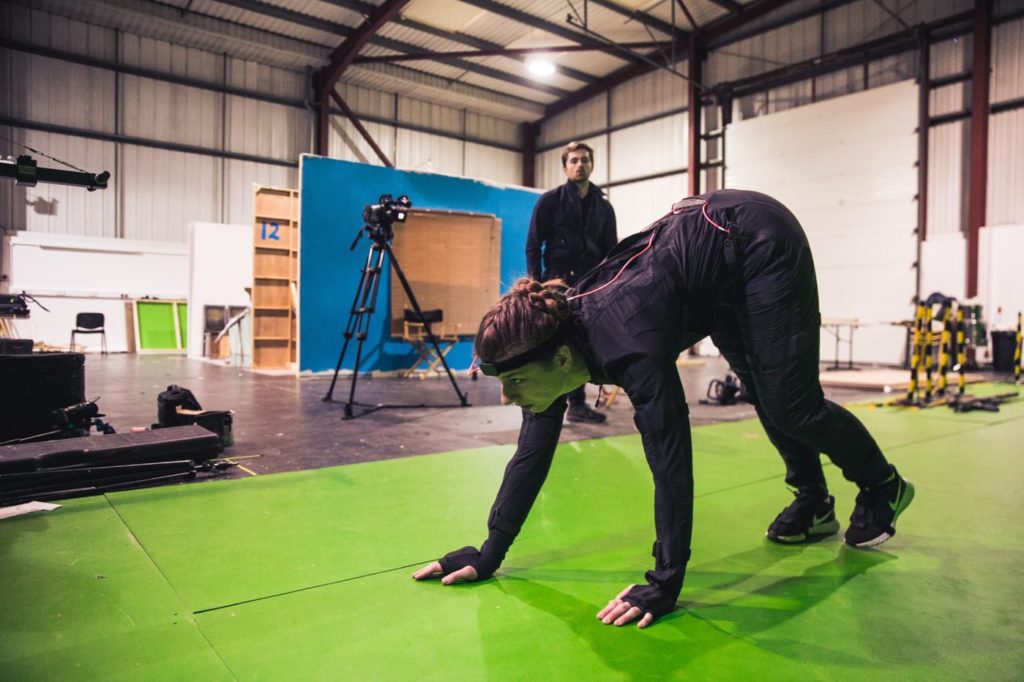In this new book project, I examine how digital visual effects in Hollywood films construct ideas about race. I look at both onscreen depictions and the production process, focusing on films that use performance capture, morphing, and de-aging technologies. I argue that despite digital technologies potentially allowing for colorblind casting and digital character design, instead these techniques have perpetuated—and exacerbated—Hollywood’s preexisting biases against women and people of color. My book shows how and why the film and visual effects industries have embraced algorithmic technologies at the expense of more diverse representations.
The book is a cultural history of the development of performance-based digital visual effects in Hollywood. I focus on three turning points that shaped the story of vfx in the decades to come:
- The influential use of the digital morph in Michael Jackson’s “Black or White” music video (1991) to visualize a colorblind approach to race.
- The criticism of the character Jar Jar Binks in Star Wars: Episode 1—The Phantom Menace (1999) for being a racist caricature, which prevented actor Ahmed Best from establishing himself as the face of motion capture.
- The criticism of the “uncanny” digital characters in Final Fantasy: The Spirits Within (2001), which shifted the industry away from the film’s computer-generated, multiracial vision of the future.
Chapter Breakdown
Ch. 1: Postracial Morphing
- looks at digital morphing techniques used in 1990s films/media like Michael Jackson’s “Black or White” music video, The Mask, The Matrix, and Terminator 2
Ch. 2: Andy Serkis as the Public Face of Performance Capture
- analyzes Andy Serkis’s star persona and performance-capture roles in relation to theories of Whiteness; includes his roles in The Lord of the Rings, Planet of the Apes, King Kong, and Star Wars, among others
Ch. 3: Performance Capture as Prosthesis
- examines motion/performance capture techniques that allow for racial transformation in early 2000s films like Happy Feet and Avatar
Ch. 4: De-Aging in Hollywood
- explains why Hollywood films use digital de-aging techniques differently for men and women characters; includes discussion of The Curious Case of Benjamin Button, The Irishman, Rogue One, Blade Runner 2049, and Marvel films
Ch. 5: Digitizing Race
- examines the few performance-capture and de-aging roles for Black actors, including Jar Jar Binks and Maz Kanata in Star Wars, Will Smith in Gemini Man, and Samuel L. Jackson in Captain Marvel
